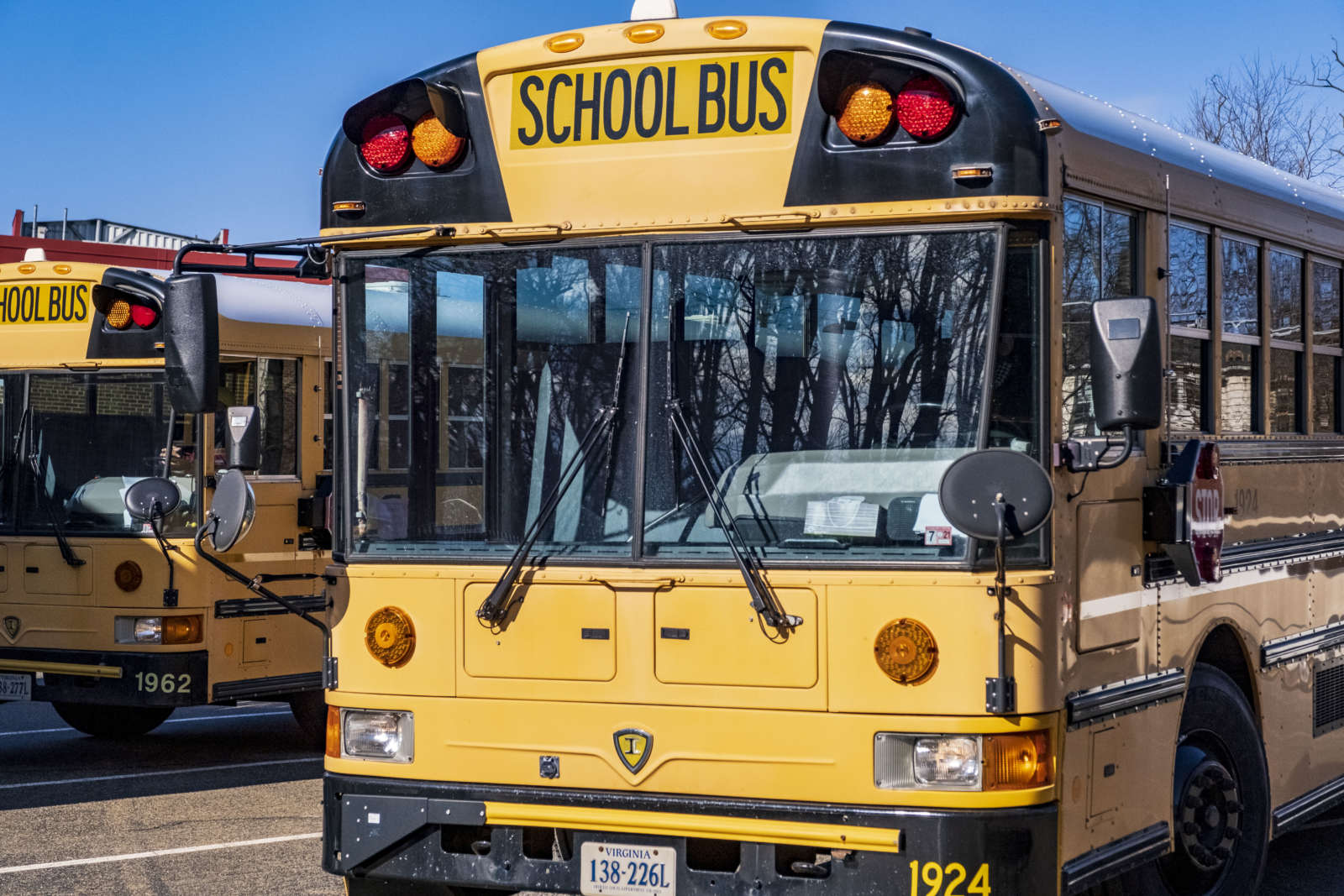
Before the new class of General Assembly members takes office in January, they are facing a push from local government leaders to quickly address Virginia’s historical underfunding of its school divisions.
In September, the General Assembly convened a group to examine how the state’s funding formulas could be updated to fix the problem, with recommendations due next November, ahead of the 2025 legislative session. However, many local governments say the timeline needs to be faster and are urging the legislature to take action immediately, at the start of the new budget cycle.
“We’re not asking for anything additional from the state,” said Jason Bellows, president of the Virginia Association of Counties. “We’re just asking them to fully fund their agreed commitments of their fair share.”
This July, the Joint Legislative Audit and Review Commission, which conducts analysis and provides oversight of state agencies on behalf of the General Assembly, found that Virginia schools receive 14% less state funding than the 50-state average, equal to roughly $1,900 less per student.
Part of the problem, the report found, was that complicated funding formulas underestimate how much divisions need: In fiscal year 2021, for example, schools spent $6.6 billion more than was allocated by the Standards of Quality formula, which is used to calculate how much the state must contribute to fulfill its constitutional obligation to maintain high-quality public school systems.
Perhaps more significantly, during the Great Recession, state funding levels dropped dramatically and the legislature imposed a “support cap” limiting the number of support positions the state would fund. Positions affected by the cap included central office and administrative, technical, clerical, maintenance and instructional support positions.
But despite the state’s financial recovery following the recession, funding levels have never been fully restored, and the support cap was only partially lifted by the last state budget negotiated late this summer.
Many local governments weren’t surprised by JLARC’s findings, which they say validate years of school divisions arguing the state inadequately funds public education.
Bellows said public education is supposed to be a “50-50 share” between the state and local governments, with the federal government helping as necessary.
“The local governments have been stepping up to the plate and funding public education well above what we are required to do because the state, in their minimum requirements, can’t get the job done,” he said. Read More
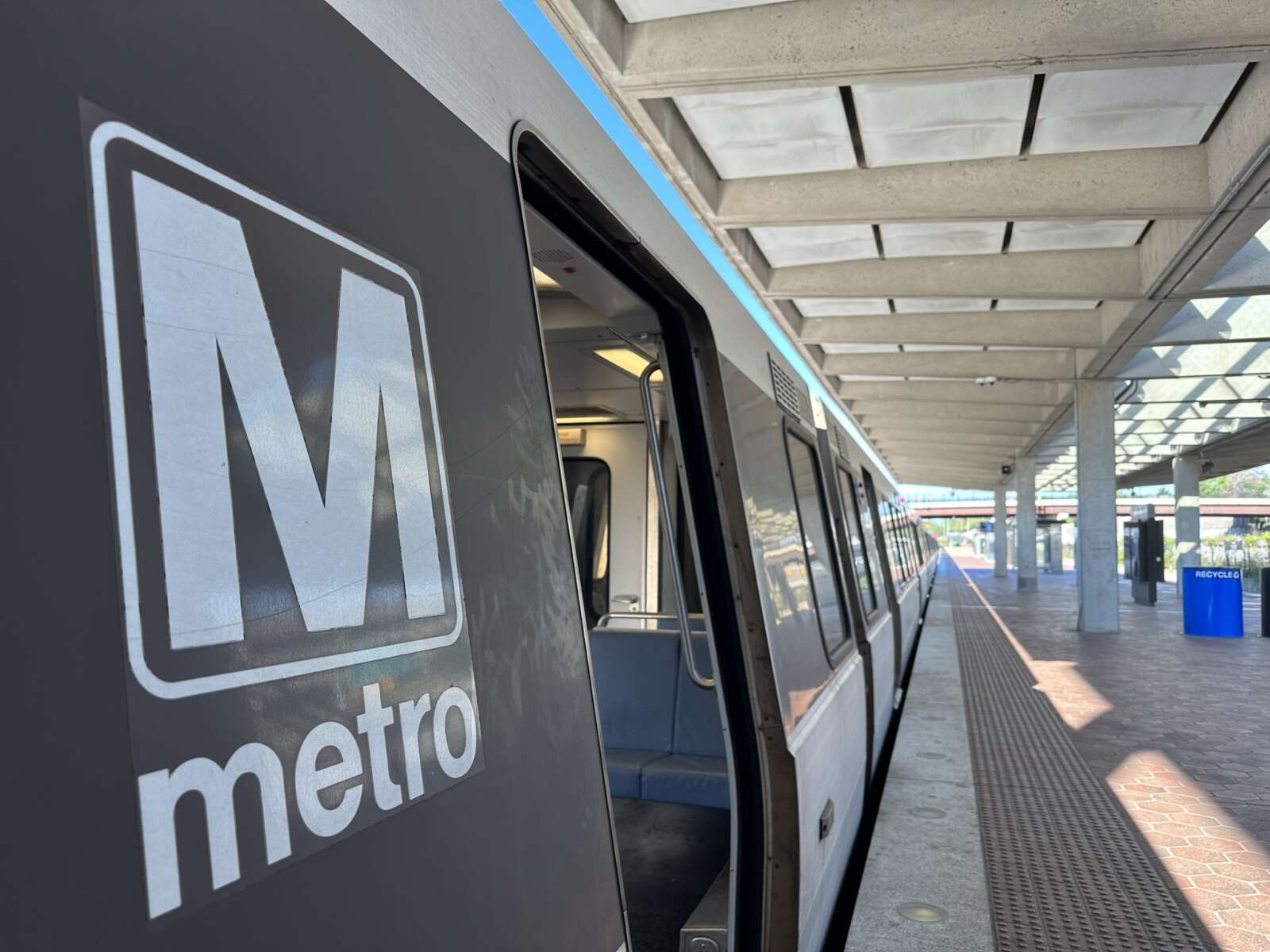
As Metro considers ways to address a looming $750 million shortfall and stave off changes to its operations, officials are requesting jurisdictions, including Virginia, review their options to help address the funding deficit that threatens thousands of jobs and various services.
Metro hopes policymakers in the commonwealth will consider adjusting the state law that sets a 3% cap on the growth of Virginia’s annual payment to the Washington Metropolitan Area Transit Authority. Dedicating more funding to Metro and overlooking the demands of other transportation projects, however, concerns some lawmakers and transportation leaders.
The shortfall
[Earlier this month], Metro officials made their case to Virginia leaders at the Commonwealth Transportation Board’s work session and joint House and Senate Transportation meeting in Arlington.
“We are obviously trying to avoid the cuts, but to do that, we need the cap [readjusted] and the certainty around funding,” said Randy Clarke, general manager and CEO of Metro, speaking at the Oct. 17 CTB work session.
As the agency faces a loss of COVID-19 relief funding at the end of the fiscal year, Metro officials said the reasons for the expected shortfall include revenue decreases since the COVID-19 pandemic, contractual commitments such as bargaining agreements and increased inflation costs.
In the meantime, Metro is focused on belt-tightening to avoid potential layoffs of about 5,000 employees, hiring freezes, and service cuts; the agency is also considering fare increases. Clarke said Metro is closely managing its operating expenses to help with carryover to the next fiscal year, and it could have a recurring fund of $50 million every year going forward for the next 10 years as part of an earlier initiative to create a savings plan.
“We’ve significantly reduced the …deficit for this year, but some of these are one-year solutions, but I think everyone again is just trying to figure out a more holistic path forward,” Clarke said.
On Oct. 19, Virginia Secretary of Transportation Shep Miller told the Mercury at the Governor’s Transportation Conference that region and state transportation leaders are considering Metro’s proposed shortfall. However, after speaking with committee members, it’s unclear which body will take up Metro’s request.
At the Oct. 17 work session, Miller said Metro is an important system and has been on “good footing” compared to previous years marked by management issues. Still, the agreement between the jurisdictions, and the millions of dollars each is being asked to contribute to Metro, is a difficult matter.
“Whether the number is 750 or whether it’s 500, or whether it’s 350, on an annual basis, [it] is going to be a choker for the folks that got to come up with the money,” Miller said.
3% cap
Clarke said Metro needs some clarity on what funding adjustments Virginia can make to address the expected deficit, ideally by December. To help address the $750 million shortfall, Metro officials are proposing Maryland and Virginia adjust their 3% cap on the growth of their annual payments to WMATA, which would require a one-time adjustment for fiscal year 2025.
However, in Virginia, any changes to the state law could be a lengthy process.
“Virginia, Maryland and the District all have different calendars and the timing and some of the things that the general manager and his team will have to enact or put in place [makes for] a very complicated situation that we’ll have to work through,” said Paul Smedberg, chair of the Metro Board of Directors. Read More
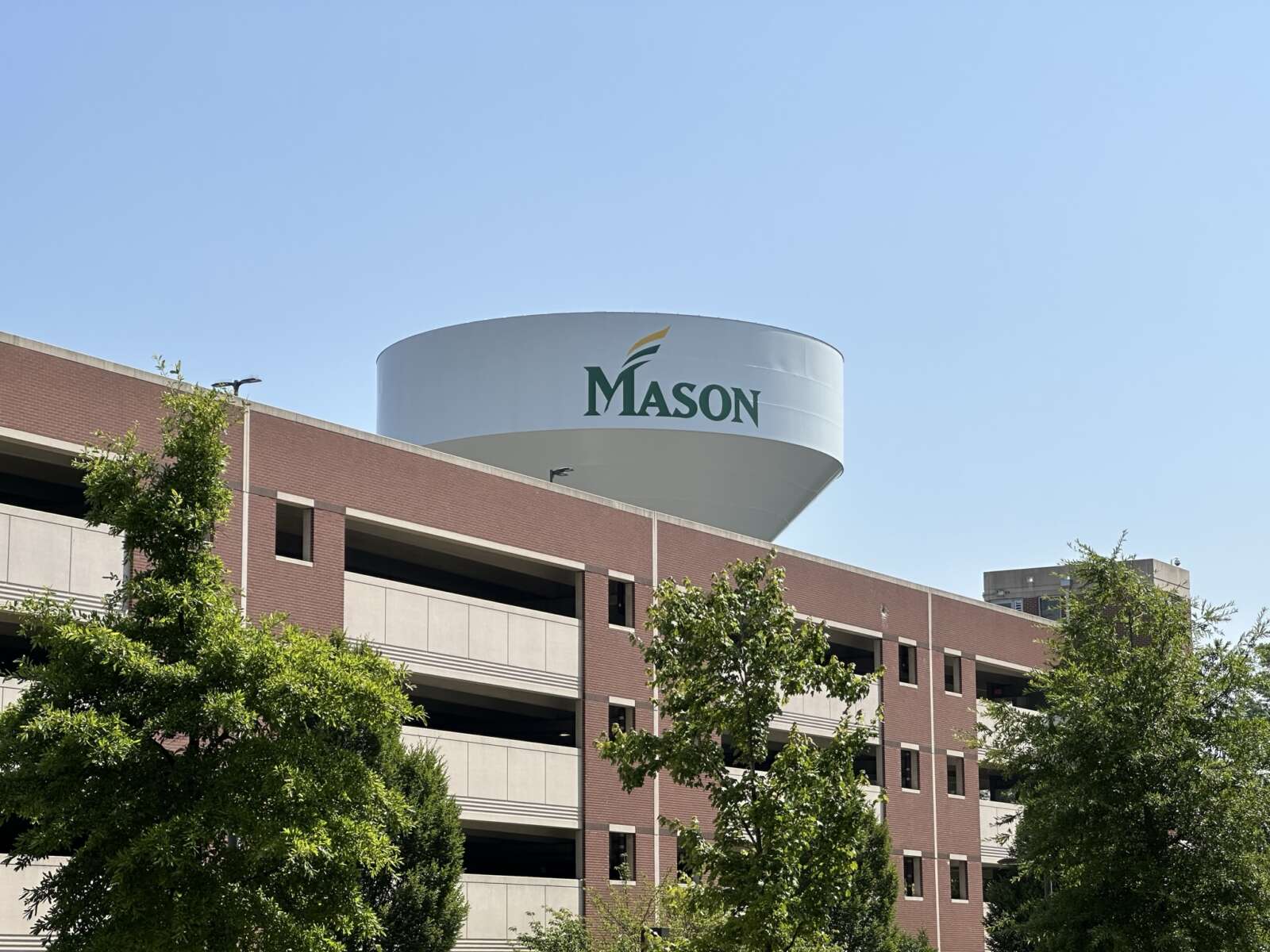
As Virginia Commonwealth University rolls out a program that grants admission to any high school senior with a certain GPA, it’s the latest school to face challenges ensuring its facilities and infrastructure can keep up with the influx of students.
VCU, along with George Mason University and at least four other Virginia universities, have begun offering guaranteed admissions to address declining enrollment numbers and help bolster populations of underrepresented students.
“While this is launching as a pilot program, we do expect an increase in admissions,” said Michael Porter, a spokesman for VCU. “Short term, we are working across the university to anticipate and address housing needs, including how we allocate residence hall space.”
Virginia public universities previously offered guaranteed admission to students who completed two years of study in the Virginia Community College System and had a certain GPA. But schools are increasingly eyeing more expansive programs that target high school students.
Enrollment at Virginia’s public colleges and universities has steadily declined overall to a low of 368,174 students in the fall of 2021 from 409,075 in 2012, according to data collected by the State Council of Higher Education for Virginia, the coordinating body for the state’s colleges and universities.
There have been some rebounds. The enrollment totals rose to 369,813 in fall 2022. And since the pandemic, some schools have seen enrollment increases, with student bodies growing at the University of Virginia, Virginia Tech, Virginia State University, George Mason University, William & Mary and Norfolk State University between the fall of 2020 and the fall of 2022, according to data collected by SCHEV. But that growth hasn’t been uniform: VCU lost approximately 1,000 students during the same period.
Universities and colleges “know the demographics, they know what’s happening, and so they’re making adjustments based on what they think they need to do to maintain their enrollments or if they’re looking to grow,” said Bob Spieldenner, a spokesman for SCHEV.
Guaranteed admission requirements
Under VCU’s new program, first-year freshman applicants who are among the top 10% of their high school graduating class and have at least a 3.5 GPA will automatically qualify for admission, although some programs, such as arts and engineering, have major-specific requirements.
“The guaranteed university admission program will easily connect top-performing high school graduates with a nationally ranked major research university,” said Hernan Bucheli, an interim vice president with VCU. “And this program will have a positive impact on Virginia’s economy because we know that our talented graduates are career-ready and a majority stay here in Virginia.”
Other four-year public institutions, including George Mason, Radford University, the University of Virginia’s College at Wise and Virginia Military Institute, offer similar admissions programs. Old Dominion University is working on a similar offering but has not finalized the details, according to school spokeswoman Kenya Godette. Read More
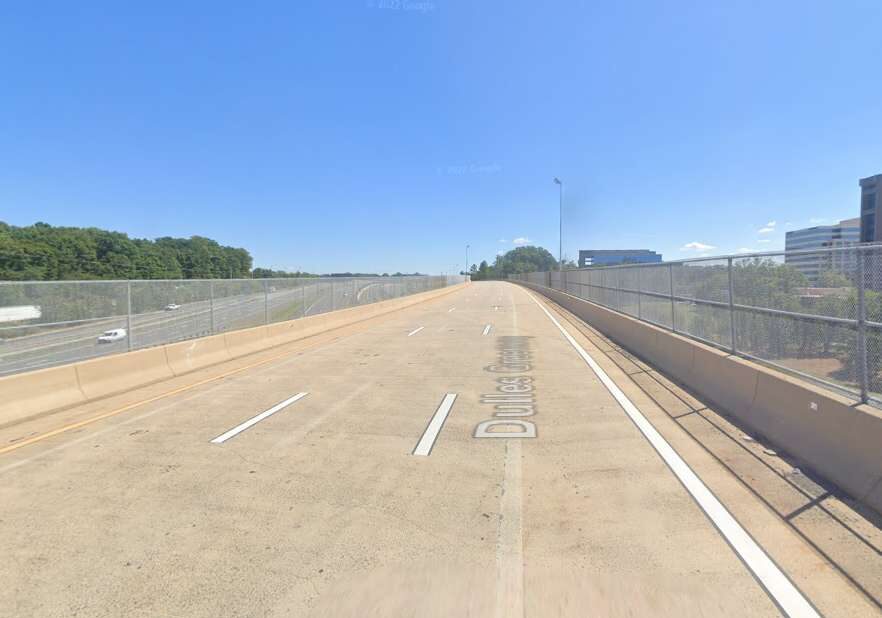
The Office of the Virginia Attorney General is opposing a private toll road owner’s request for a rate increase.
In July, Toll Road Investors Partnership II, the owner and operator of the 14-mile Dulles Greenway that runs between Leesburg and Washington Dulles International Airport, filed a request with the State Corporation Commission to increase tolls by at least 21%.
[On Sept. 29], Attorney General Jason Miyares said he objected to the request. [link added]
“Traffic in Northern Virginia is a daily challenge, and rising inflation only adds to the costs of commuting to work,” said Miyares in a statement. “My office stands alongside Virginia commuters who feel this struggle daily, advocating for fairness and resisting toll increases. Virginians deserve every hard-earned penny, and we’re here to protect Virginians from unreasonable financial burdens.”
TRIP II bases its pricing on the number of axles a driver’s vehicle has, with tolls for two-axle vehicles traveling from one end of the road to the other costing $5.25 during regular hours and $5.80 during rush hour. The proposed new rates for two-axle vehicles would be $6.40 during regular hours and $8.10 during rush hour.
The operator’s last rate increase request was denied in 2021. [FFXnow note: The Dulles Greenway operator’s latest request comes on the heels of the Metropolitan Washington Airports Authority increasing fees on the Dulles Toll Road for the first time in five years, starting this past Jan. 1.]
TRIP II said in its application that the increase will help it meet its financial obligations: “Only with the approval of the proposed tolls along with additional future increases will TRIP II be able to reach a place where it would have an opportunity to provide a reasonable return to its investors.”
Victoria LaCivita, a spokeswoman for Miyares, did not directly respond to whether the attorney general has any interest in lawmakers directing the state to enter into discussions with the toll operator to change how the roadway is managed.
However, she added, “Consumer protection is an important function of the Attorney General’s office. Northern Virginia residents and commuters have voiced strong opinions against the toll increase, and the Attorney General plans to represent that view in front of the State Corporation Commission.”
The proposed increases
TRIP II made the toll rate increase request after the failure this winter of legislation backed by the operator and Gov. Glenn Youngkin’s administration that would have let the state Commissioner of Highways, Secretary of Transportation and a steering committee negotiate new rates for the toll road. The proposal also included plans to reduce toll costs and implement distance-based tolling, which would charge drivers based on how far they travel.
Currently TRIP II is regulated by the State Corporation Commission under the Virginia Highway Corporation Act. That law allows the company to ask the SCC for a toll increase once per year but doesn’t permit it to negotiate those increases.
“TRIP II looks forward to continuing to work with the commonwealth to find a solution to how the Greenway is regulated to implement distance-based tolling,” said Renee Hamilton, chief executive officer for TRIP II, in a statement. “Drivers on other private toll roads in Northern Virginia pay based on the length of their trip. Drivers on the Greenway should be treated the same way. Filing a rate case application with the SCC was not our first choice.” Read More
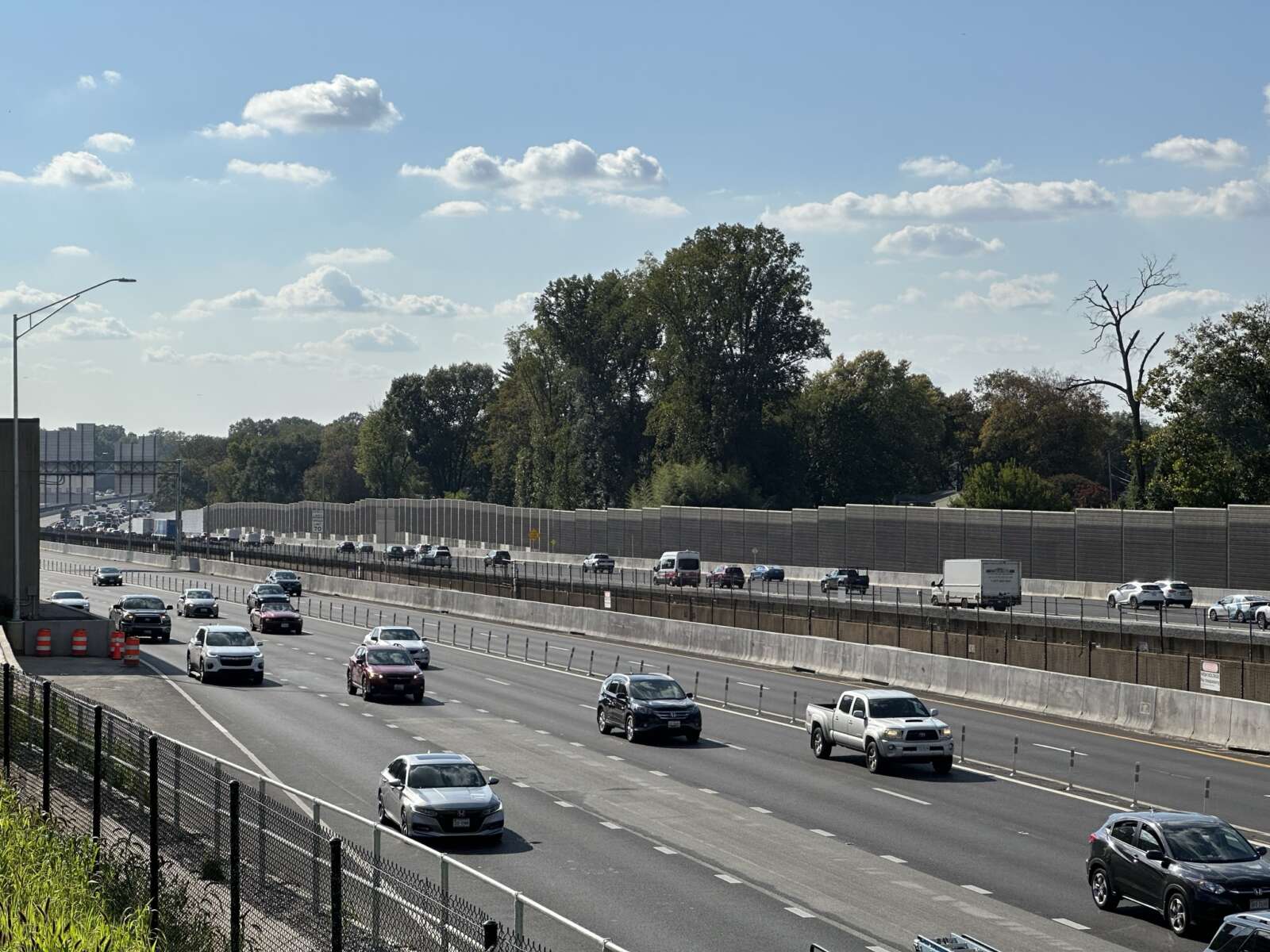
Planning officials in the Shenandoah Valley and central Virginia fear proposals to change Virginia’s transportation funding system could significantly reduce state funding for smaller transportation projects for cyclists and pedestrians.
The Commonwealth Transportation Board has been reviewing the state’s transportation funding process, SMART SCALE, which has been in place for the past seven years.
Some of the proposals being considered by the board include favoring larger transportation projects over smaller ones, lowering the number of applications local governments and planning organizations can submit and reducing the weight given to land use in applications.
Significantly, many bike and pedestrian projects could go unfunded under the proposed changes. According to data collected by a working group made up of Virginia’s Office of Intermodal Planning and Investment, which advises state transportation leaders, and several consultants, 75% of the bike and pedestrian projects recently funded through SMART SCALE would have gone unfunded under the new rules.
“We certainly think there’s a lot of focus on highway road expansion statewide and no focus on climate change impacts with this approach,” said Stewart Schwartz, executive director of the Coalition for Smarter Growth.
Trip Pollard, a senior attorney with the Southern Environmental Law Center and leader of its Land and Community Program, said he’s concerned the proposed changes to SMART SCALE will harm the state’s ability to meet its goals of reducing air pollution and protecting the environment.
“Staff is doing some great work on this and there are some good reasons for some of these changes, but cumulatively, I definitely don’t agree with them,” Pollard said. “I think it really fundamentally shifts where the money is going to go.”
Other changes attempt to evaluate projects over a longer time scale. For example, the working group is recommending that the Commonwealth Transportation Board consider adding to the application process a project’s congestion benefits 10 years into the future and forecast the economic value of a project.
“What we’re doing here is trying to get at the metrics that better show us the value so that we can apply that in our scoring system,” said Transportation Secretary Shep Miller at the board’s Sept. 20 work session.
Making room for larger projects
One of the most controversial recommendations made by the working group, which has been reviewing the SMART SCALE proposals since March, is for Virginia to expand its definition of “high-priority projects,” or projects that have a regional or statewide significance.
Currently, state law defines high-priority projects as those that “reduce congestion or increase safety, accessibility, environmental quality or economic development.”
The working group is recommending adding to that list projects that include “new capacity highway, managed lanes, new or improved interchanges, new or improved passenger rail stations or service, freight rail improvements, high-capacity fixed guideway transit, transit transfer stations, and new bridge.”
Planning leaders from the Shenandoah Valley and central Virginia, however, worry that expanding the high-priority designation could edge out other, smaller kinds of transportation proposals by weighting decisions against them. That could force local governments to find other sources of funding. Read More

